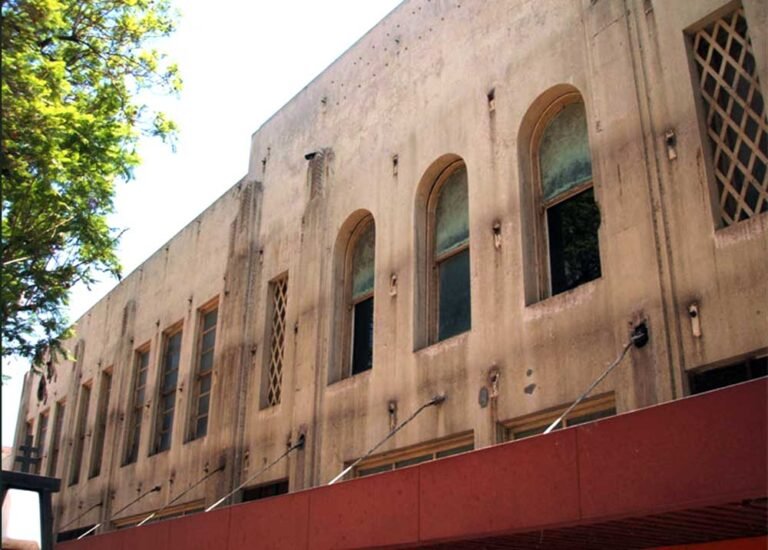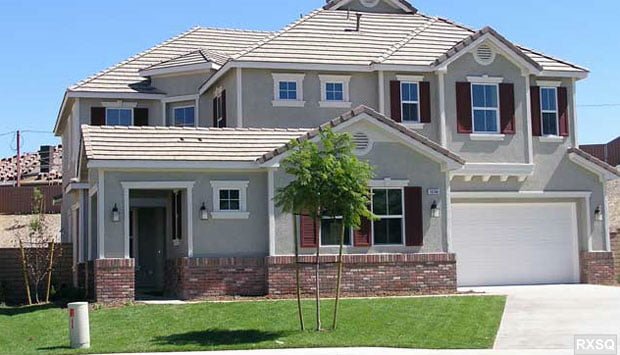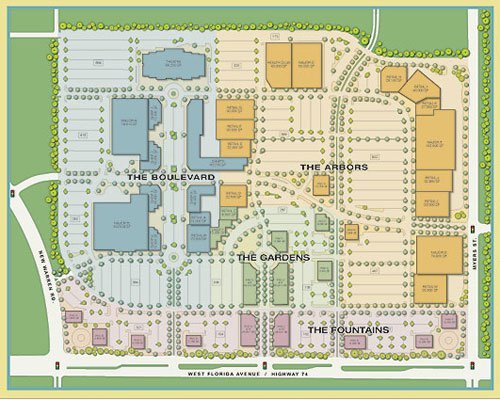Want the NFL back in LA? Think Inland.
Let’s face it, the NFL has wasted nearly a decade attempting to place a team back in Los Angeles. Outside of a few fancy stadium proposals, nothing even close to concrete has come of it. And now, some within the league are saying the cost to re-enter the metropolitan LA market may simply be too high:
Dallas Cowboys owner Jerry Jones, an influential proponent of putting a team back in the area, acknowledged the cost of doing so could at some point become too great.
“There’s a point where it doesn’t work. And there’s a point where you can’t speculate,” Jones said. “You’re just sticking your neck out too far. …I think we’ve got challenges right now with our costs.”
Los Angeles Times – October 24, 2006
But is it too costly? Maybe the NFL just needs to widen its focus a bit?

Just 30 miles east of downtown Los Angeles, sits an untapped opportunity for the NFL: Inland Southern California. With 4 million residents, the area is the nation’s 13th most-populous metropolitan region (just below San Francisco-Oakland and just above Phoenix). And as part of the ever-expanding Los Angeles megalopolis, Inland Southern California may very well offer the best value — and location — for the NFL to re-enter the Los Angeles market.
First, the value…
Without a doubt, a state of the art stadium can easily be built in less time and, more importantly, at much less cost than can be done anywhere in Los Angeles. With plentiful, lower-cost land and without the need to “redevelop” an existing stadium or “wipe out” an entire neighborhood, an Inland location translates into shorter construction time and less environmental red tape. Simply put — cheaper, faster and with much less hassle.
Second, the location…
Nowhere else in California is projected to grow as fast or add as many residents as is Inland Southern California, wherein nearly 1 million residents have been added since the 2000 Census alone — an increase roughly the size of the Buffalo, N.Y. market. Moreover, another 2-3 million are expected within the next 20-30 years, which will make the Inland region as populous as metropolitan Philadelphia is today.
Thus, not only would an Inland stadium get the NFL back into the LA market faster and cheaper, it would do so within a high-growth area while still remaining an arm’s length from both LA and Orange counties (particularly if located along the I-15 corridor between Ontario and Corona).
Finally, for those a bit skeptical at the notion of an Inland-based stadium for Los Angeles, the idea is nothing new in sports, particularly within the NFL itself. First, there are the Phoenix Cardinals who play in Glendale, Ariz. (Phoenix), and the Dallas Cowboys who play in Irving, Texas. And let’s not forget those two New York teams — Jets and Giants — both of whom play in a different state altogether (New Jersey).
Moreover, since 1971 the New England Patriots have played in Foxboro, Mass., some 30 miles southwest of Boston (and actually closer to Providence, R.I. than to Boston). In addition, both the Buffalo Bills (since 1973) and the Miami Dolphins (since 1987) play 15-plus miles outside their respective towns. And until recently, the Detroit Lions played in Pontiac Mich. — 30 miles from downtown Detroit.
Still not convinced?
How about the former Los Angeles Rams? Prior to moving to St. Louis in 1995, the Rams played their last 14 seasons 30 miles southeast of LA in the city of Anaheim. And yet, they remained the “Los Angeles” Rams.
At any rate, the NFL simply needs to widen its scope a bit and consider adding Inland Southern California as an immediate and viable alternative to the much more expensive Los Angeles-centric options. That’s not to say LA proper doesn’t deserve a team — indeed, it does. However, if it’s going to take another 10 years to make that happen — and nothing seems to be indicating otherwise — we say that’s far too long.
Commissioner Roger Goodell said Tuesday the league will “stay at it” as long as necessary to ensure the eventual return of pro football to the region. But to meet what he repeatedly termed a “challenge,” the league might have to consider alternative solutions.
“We haven’t been successful to date on the approach we’ve taken,” Goodell said at the end of the league’s fall meeting, his first as commissioner. “We do believe we’ve made some progress, but circumstances may change where we take a different approach as we go forward.”
Orange County Register
So, is the NFL truly ready for a different approach, one that’s a faster and cheaper “LA” alternative?
Think Inland.
Related
- Los Angeles Times – Anaheim is looking at condo plan on NFL site (Nov. 5) | Stadium’s price tag could top $1 billion (Oct. 24)
- Orange County Register – Stadium costs have soared, but the NFL says it isn’t giving up on the L.A. market
- Riverside Press-Enterprise – NFL asking, Riverside official says (Oct. 19)
Previous
- RaincrossSquare.com – ‘A Sleeping Giant’ – part deux (Feb. 2006)
2005 population*
- Inland Southern California – 3.90 million
10 smallest NFL markets*
excluding Green Bay
- Buffalo – 1.14 million
- Jacksonville – 1.24 million
- New Orleans – 1.31 million
- Nashville – 1.42 million
- Charlotte – 1.52 million
- Indianapolis – 1.64 million
- Kansas City – 1.94 million
- Cincinnati – 2.07 million
- Cleveland – 2.12 million
- Denver – 2.35 million
*2005 Census – CBSA-EST2005-01
Sources: NFL.com, Los Angeles Times (LAT-20061024, LAT-20061105), Orange County Register, U.S. Census Bureau (CBSA-EST2005-01)
2024 PAGE UPDATE: Removed outdated links to newspaper articles.




One Comment